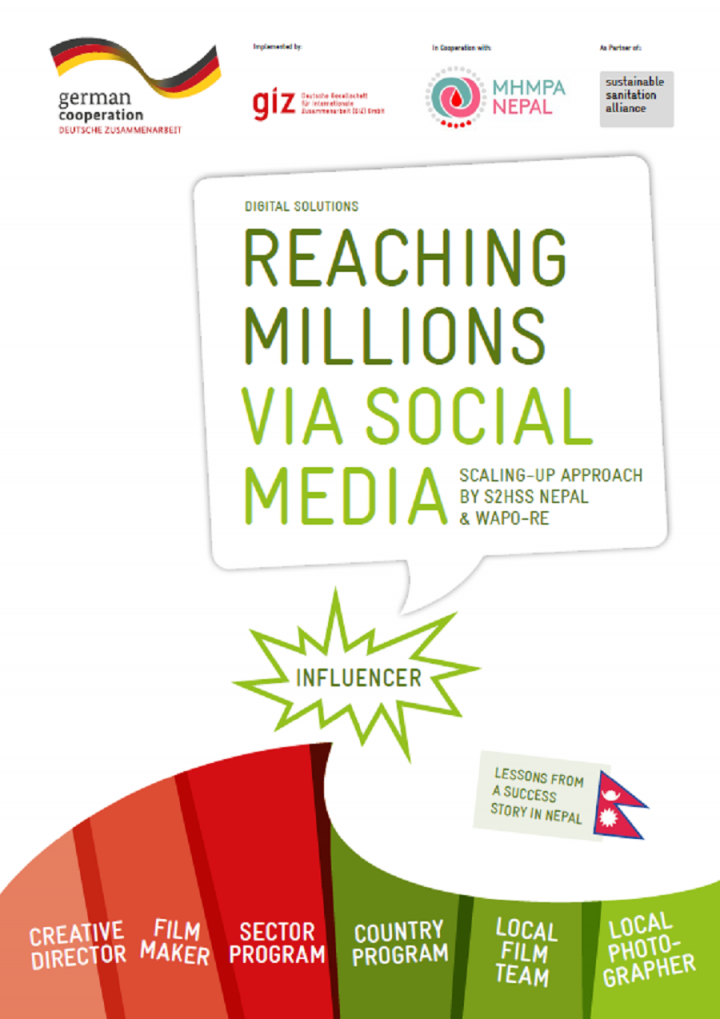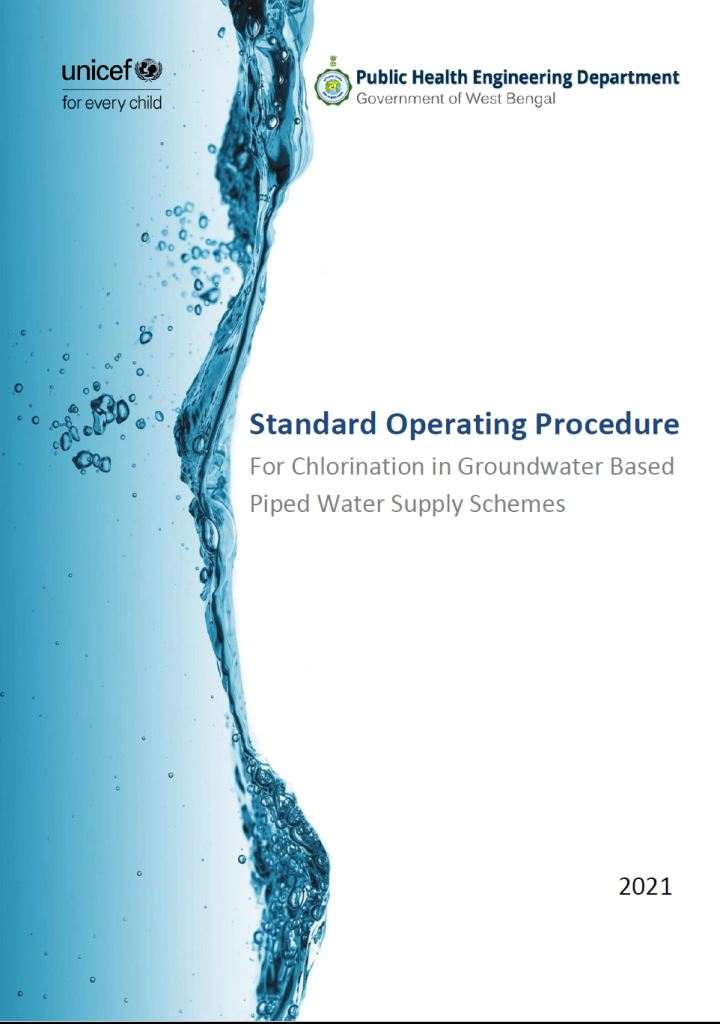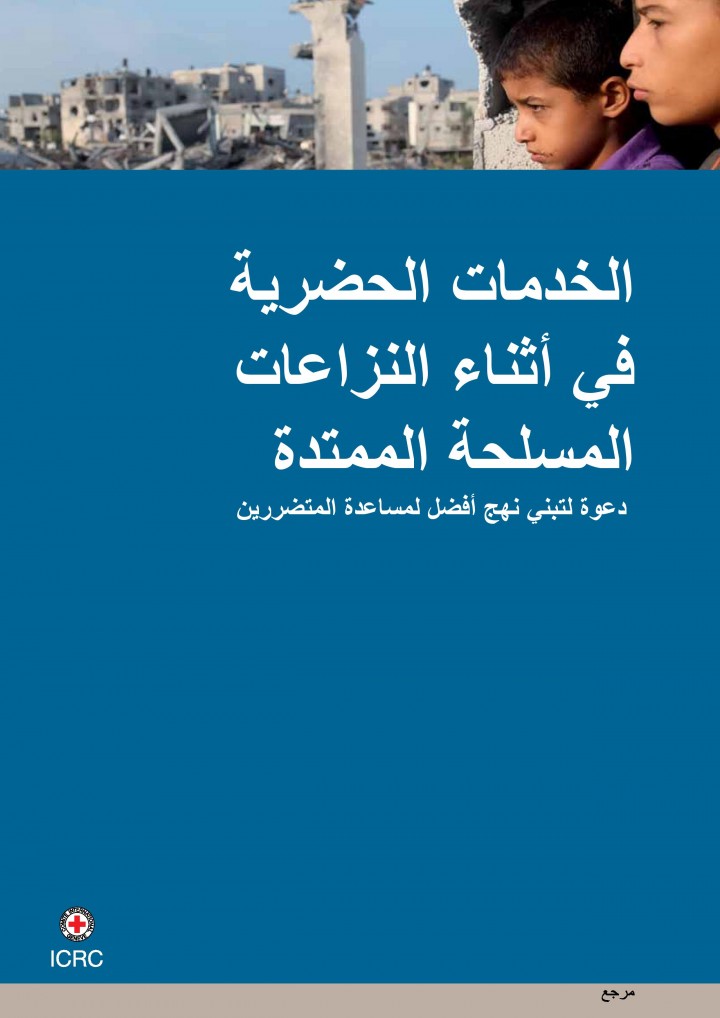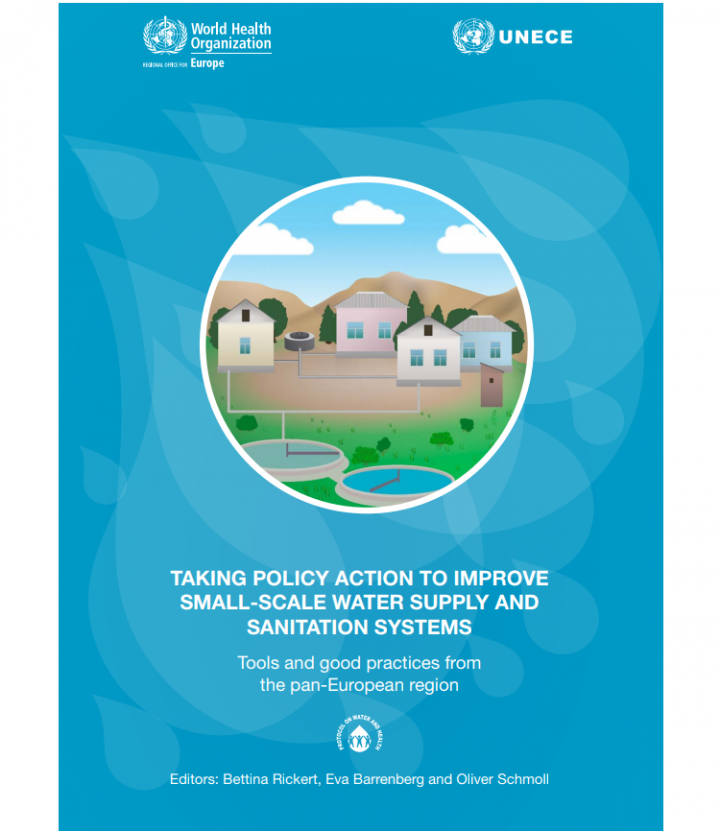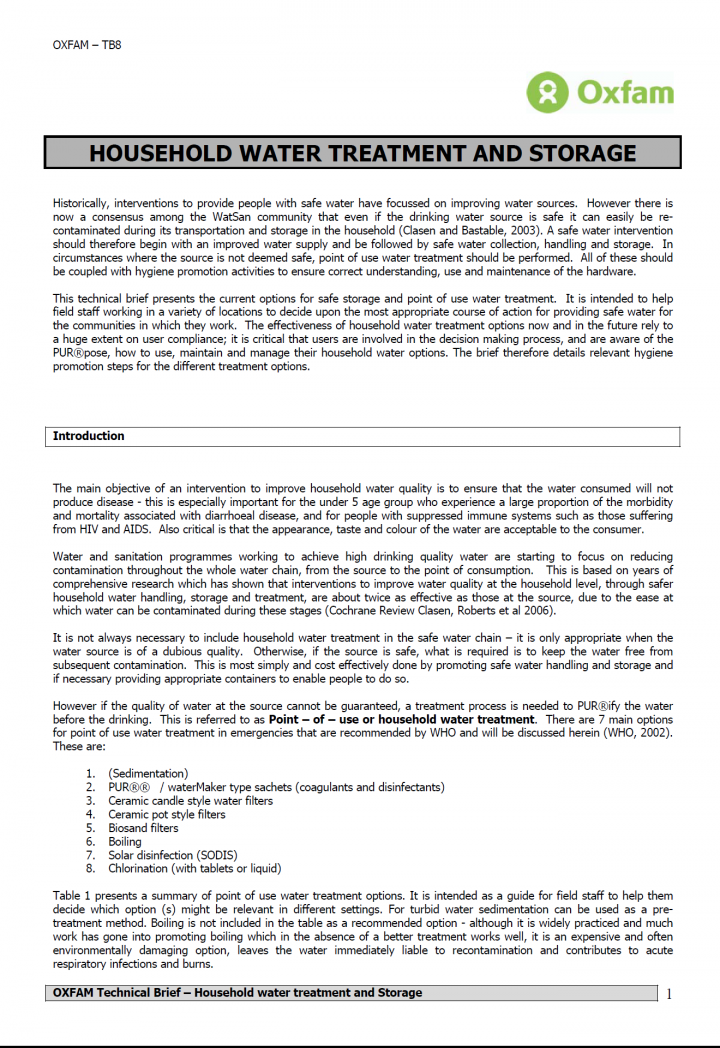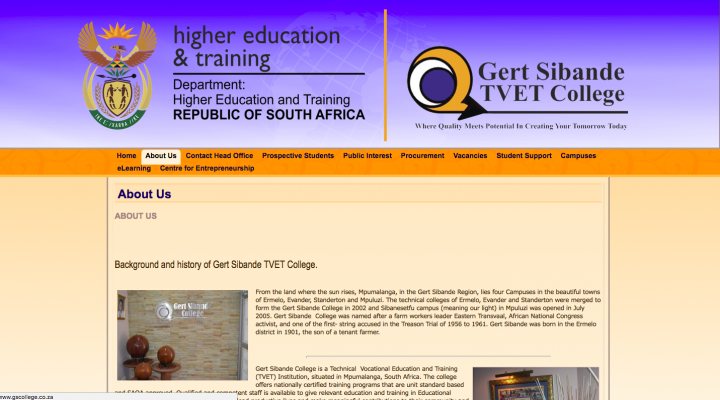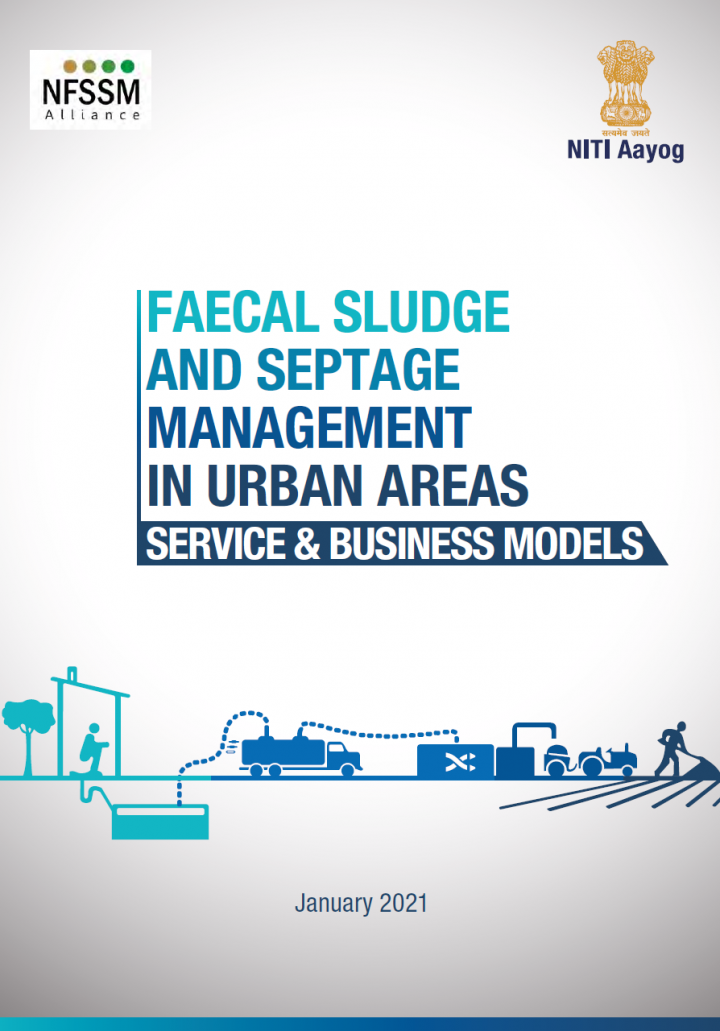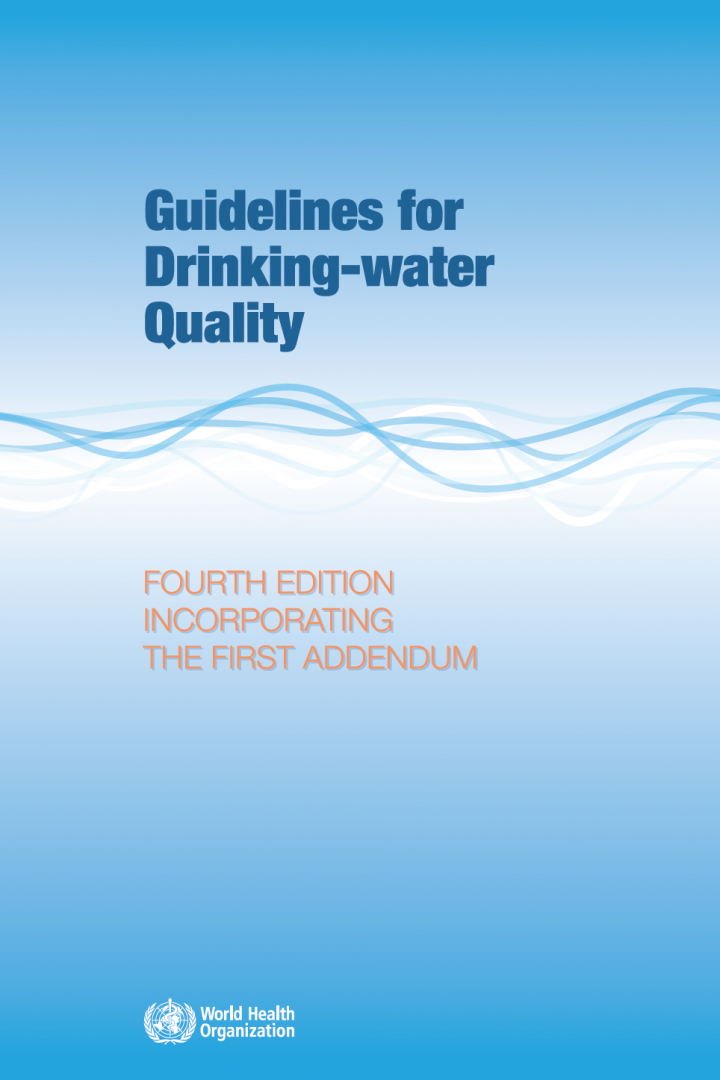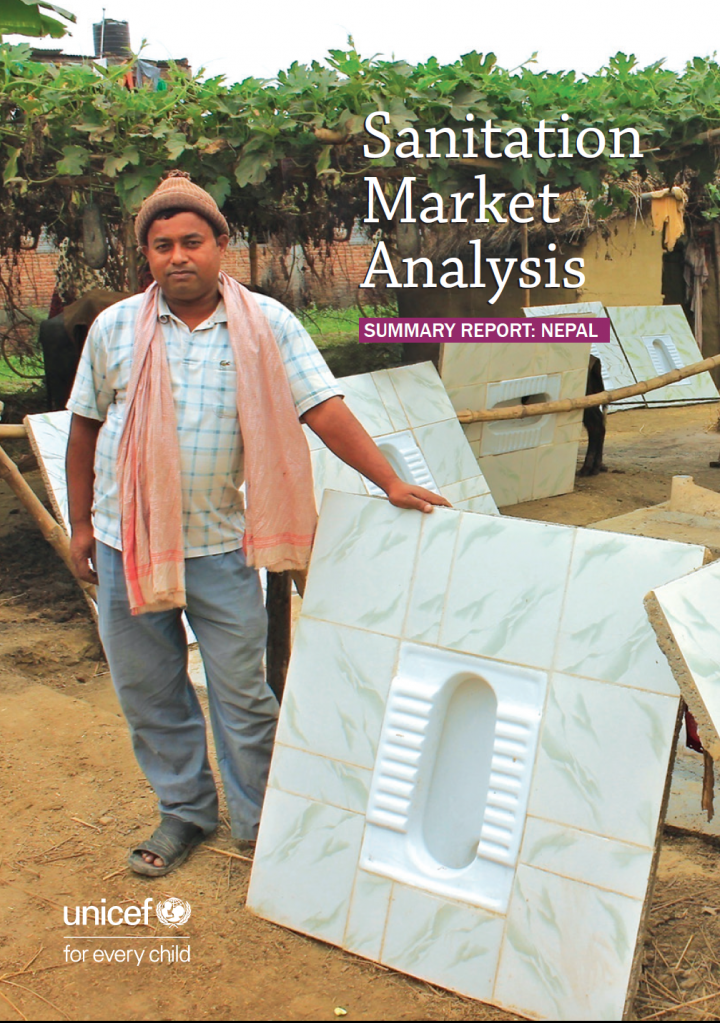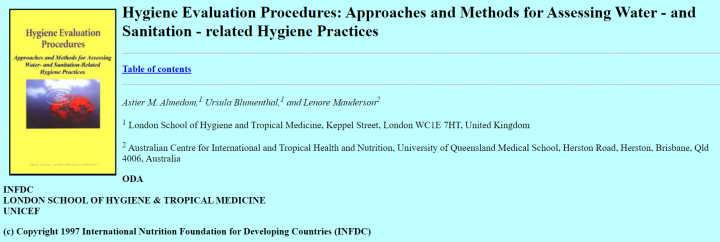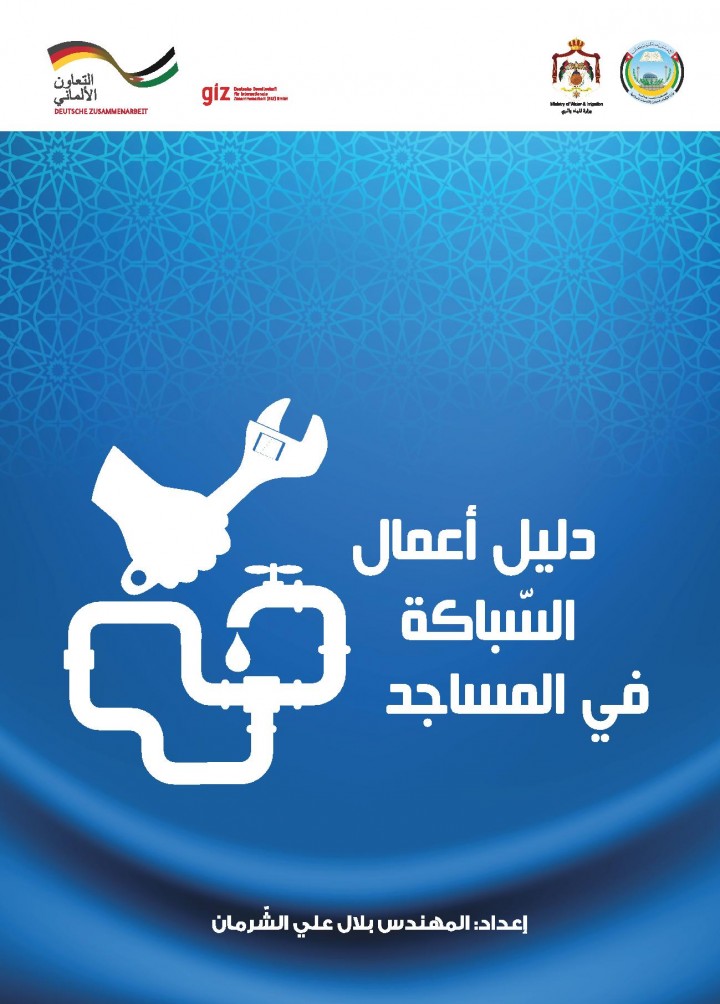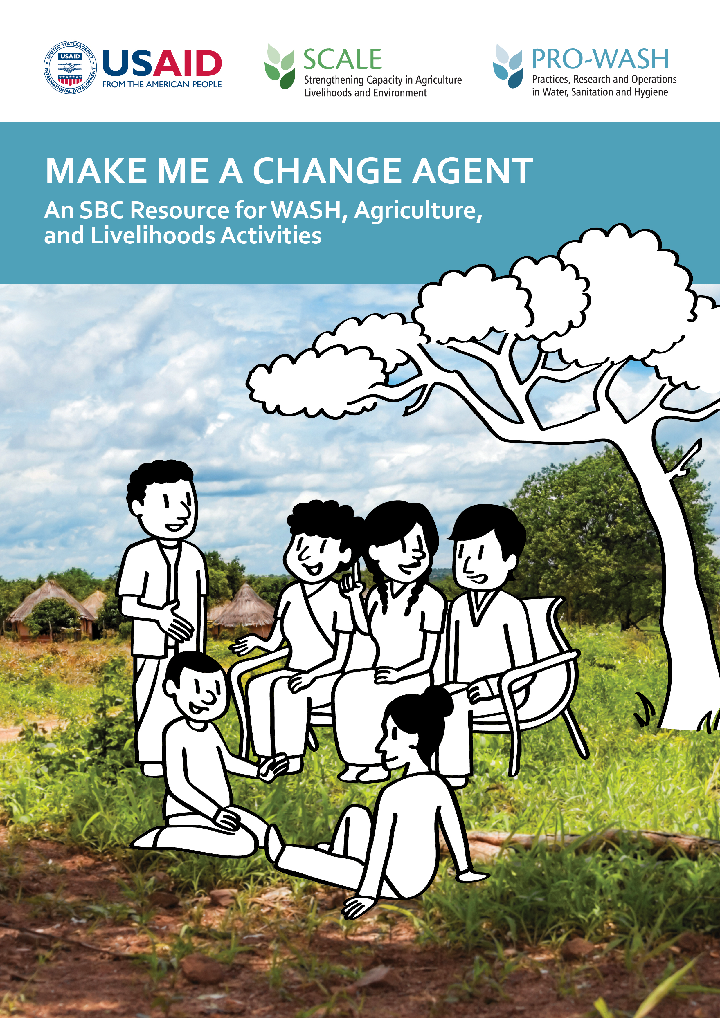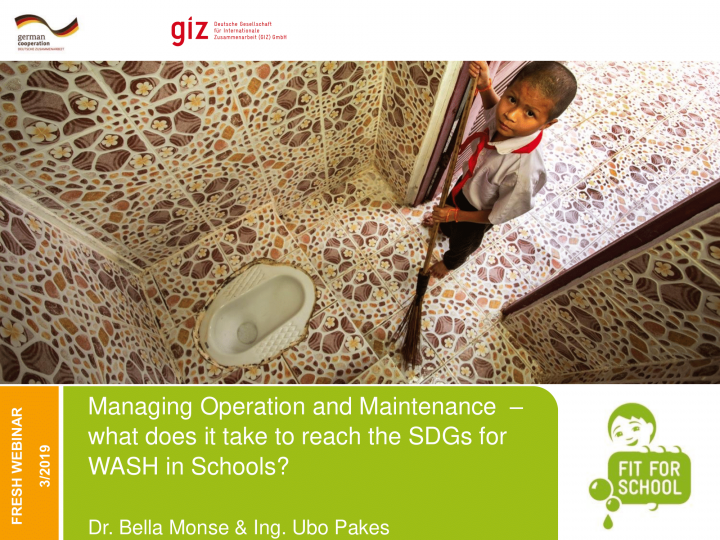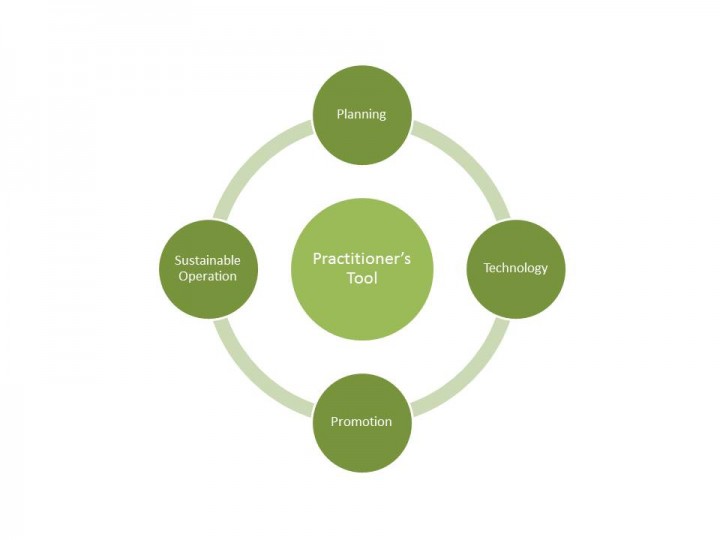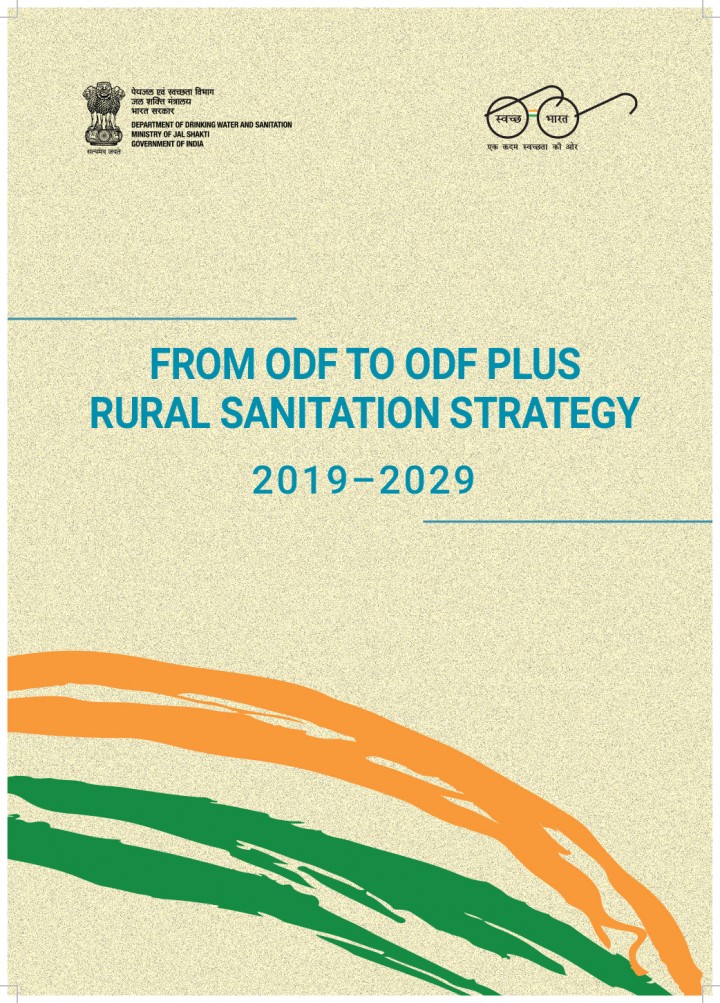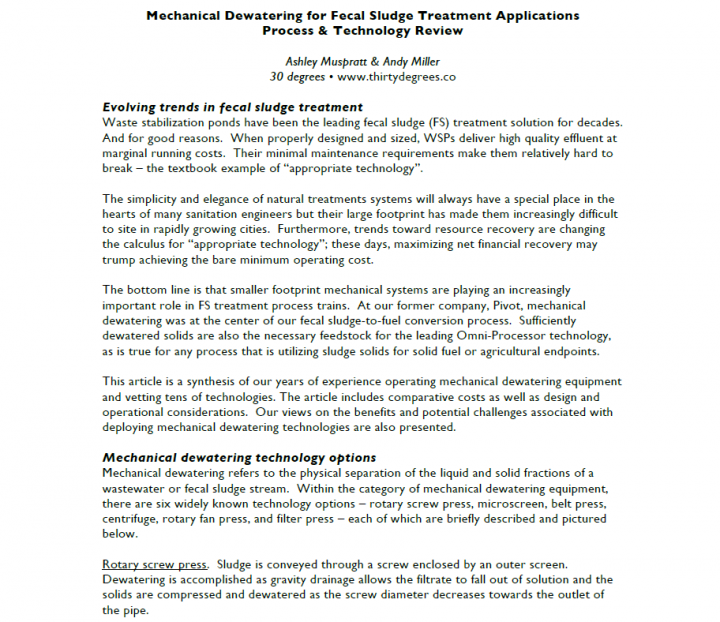Searching for information on Sanitation Workers?
The Sanitation Workers Knowledge + Learning Hub is the best source for all current news, trends, articles and updates on sanitation workers rights around the world.
Sanitation coverage in Bangladesh has improved significantly over the last three decades; this has been mainly driven by government, development partners and NGO-led programmes. Most households either purchase their toilet components from local latrine producers (LP) or sanitation service providers and complete all or some of the construction themselves or else hire the services of the LP to …
There is no doubt that social media can be an instigator of social change. Successful social media campaigns can greatly contribute to increasing the visibility of initiatives and can boost scaling-up efforts. However, to make the campaign successful, it’s essential to get the ingridiences right.
Inspiring for you could be our experience with the highly successful social media campaign …
UNICEF and engineers from the Water and Sanitation Support Organisation from West Bengal have prepared these standard operating procedures for chlorination of groundwater-based piped water systems. It is based on field visits to to gain a thorough understanding of the piped water supply schemes and various factors that influence the concentration of free residual chlorine in distribution …
Access to adequate water and sanitation services is essential for good individual and population health. People served by small-scale systems in rural areas and small towns have the right to the same level of health protection as others. Goals 3 and 6 of the 2030 Agenda for Sustainable Development call for combating of waterborne diseases and for ensuring universal and equitable access to both …
Historically, interventions to provide people with safe water have focussed on improving water sources. However there is now a consensus among the WatSan community that even if the drinking water source is safe it can easily be re-contaminated during its transportation and storage in the household (Clasen and Bastable, 2003). A safe water intervention should therefore begin with an improved water …
Previous blinded trials of household water treatment interventions in low-income settings have failed to detect a reduction in child diarrhoea. Technological advances have enabled the development of automated in-line chlorine dosers that can disinfect drinking water without electricity, while also allowing users to continue their typical water collection practices. We aimed to …
Gert Sibande College is a Technical Vocational Education and Training (TVET) Institution, situated in Mpumalanga, South Africa. The college offers nationally certified training programs that are unit standard based and SAQA approved. Qualified and competent staff is available to give relevant education and training in Educational Programs which aim to enable learners to lead productive lives and …
The Faecal Sludge and Septage Management: Service Business Models shares leading practices and innovations to improve how faecal sludge is managed, and how to expand services to the millions of people living in thousands of cities in urban India, lacking access to safely managed sanitation.
The fourth edition of the World Health Organization’s (WHO) Guidelines for drinking-water quality (GDWQ) builds on over 50 years of guidance by WHO on drinking-water quality, which has formed an authoritative basis for the setting of national regulations and standards for water safety in support of public health.
It is the product of significant revisions to clarify and elaborate on ways of …
Abstract
Innovators in the water and sanitation sector are focused on closing the sanitation gap in developing countries through innovation in technologies that enable waste treatment onsite. To ensure universal access, these technologies need to meet the practices and preferences of different genders. This paper uses an online survey and follow-up telephone interviews with technology developers …
Nepal has made an impressive progress in eliminating open defecation across the country in the last two decades. As a result, the percentage of households using improved (not shared) sanitation facilities in Nepal increased from 15% in 2000 to 62% in 2017, and open defecation rates fell from 67% to 21% over the same period (WHO & UNICEF, 2019). Nepal celebrated gains made towards ending open …
The WASHCost Project aims at improving sustainability, cost efficiency and equity of WASH service delivery in rural and peri-urban areas by identifying the factors influencing costs at each stage of WASH service delivery life cycle. In order to achieve the overall aim of WASHCost project, the methodologies designed for tracking inputs on WASH service delivery system are largely tested in test bed …
Background:
Three large new trials of unprecedented scale and cost, which included novel factorial designs, have found no effect of basic water, sanitation and hygiene (WASH) interventions on childhood stunting, and only mixed effects on childhood diarrhea. Arriving at the inception of the United Nations’ Sustainable Development Goals, and the bold new target of safely managed water, …
This report (french version) is a joint WaSH-survey carried out in the subsaharan cameroonian capital Yaoundé in dry season 2012 within the framework of German bilateral cooperation with Cameroon. The report is authored by the National Institute of Statistics (NIS/INS) Yaoundé and the Federal Institute for Geosciences and Natural Resources (BGR) Hannover with participation of the IHPH …
The handbook provides practical guidelines for evaluation water- and sanitation-related hygiene practices. An evaluation of hygiene practices can be used for the purposes of project planning, monitoring, or final assessment of the project’s impact. The main focus is on the practical concerns of field personnel working in water supply, sanitation, and health/hygiene education projects who want …
Make Me a Change Agent: An SBC Resource for WASH, Agriculture, and Livelihoods Activities is an adapted version of the Make Me a Change Agent: A Multisectoral SBC Resource for Community Workers and Field Staff guide (produced in 2015 under The TOPS Program) and was co-created by the USAID Office of Food for Peace (FFP)-funded SCALE and PRO-WASH awards.
This adapted Make Me a Change Agent …
This FRESH webinar will Introduce a costing tool to calculate the budget need for schools to provide the basic service level for drinking water, usable sanitation, and handwashing with soap. The tool provides school heads with an easy to manage app, which calculates the annual cost per student depending on local condition and local prices.
How much do they need to keep aside for consumables, …
This ten year sanitation strategy for rural areas in India, prepared by the Department of Drinking Water and Sanitation (DDWS), Ministry of Jal Shakti, Government of India, in consultation with State Governments and other stakeholders, lays down the framework for achieving this long term vision. The strategy is intended to guide, local governments, policy makers, implementers and all relevant …
This article is a synthesis of experience operating mechanical dewatering equipment and vetting tens of technologies. The article includes comparative costs as well as design and operational considerations. The views on the benefits and potential challenges associated with deploying mechanical dewatering technologies are also presented.
The Water Supply and Sanitation Collaborative Council (WSSCC) established the Global Sanitation Fund (GSF) in 2008. Since then, it has supported sanitation at scale through collective behaviour change in 13 countries in Africa and Asia. In 2016, it initiated a learning process to identify and analyse key factors impacting on equality and non-discrimination (EQND) within the 13 GSF-supported …


